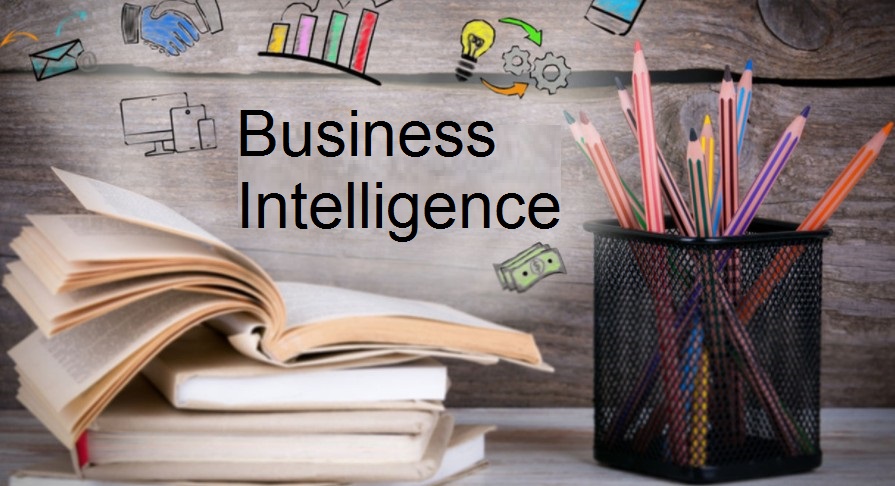<p style="text-align: justify">Every business enterprise no matter how big or small is today generating data. The data generated by a medium to large business enterprises can run into massive proportions. The use of high number of multi connected devices and an interconnected world has meant that the high chunk of assimilated data holds the keys for effective business transformation for the future.</p>
<p style="text-align: justify">While business intelligence is being used by enterprise successfully to organize all the raw assimilated data, the use of data mining unlocked its vast potential with the onset of advanced analytical tools like internet of things (IoT), industrial internet of things (IIoT), BigData, and retail analytics.</p>
<p style="text-align: justify">Business intelligence and analytics are today at the forefront of every major business enterprise. The use of such smart analytical tools allow business enterprises dual benefits of seeking relevant information from the massive data improving business for the future while creating newer models for enhanced revenue.</p>
<h3 style="text-align: justify"><strong>BI and Analytics Making Business Embrace Agile Decision Making</strong></h3>
<p style="text-align: justify">Unlike in the past where businesses did have access to such real-time analytics, making any changes meant a long delayed process. With more and more enterprises today adopting a DevOps set of operations speeding up their product development and operational works, business intelligence and analytics are helping enterprises embrace agile decision making. Businesses today have detailed set of information mapping every metric including sales, manufacturing, supply chain, product development, etc. Any changes that are desired can be taken in real-time allowing the enterprise to be a truly agile one with instant decision making.</p>
<h3 style="text-align: justify"><strong>The Onset of Affordable Analytical Tools </strong></h3>
<p style="text-align: justify">Unlike in the past where the use of analytics meant high cost for the enterprise, today analytics have become much more affordable. So much so that even new entrants and startups are today able to leverage to power of data analytics to track consumer behavior patterns allowing them to redefine their products accordingly. The increasing affordability has also meant that today <strong>business intelligence and analytics</strong> are part of varied industries and not limited in scope to one big business process.</p>
<h3 style="text-align: justify"><strong>Smarter Technological Integration</strong></h3>
<p style="text-align: justify">The use of multiple devices all interconnected with each other, the onset of Smartphone usage by majority of consumers, changing shopping trends and behaviors all means massive amount of structured and unstructured data is generated by an enterprise. Enhanced business intelligence interfaces can now map mobile, web, walk in consumers, customer support interactions, Chatbot interactions to name a few. The data thus generated is now integrated much more actively and smartly allowing business intelligence tools to be able to deliver smarter analytical trends. With the fact that behavioral patterns of consumers may differ, business intelligence and analytics are now allowing businesses to offer customized trends and analytics for each such subset of data and consumers.</p>
<h3 style="text-align: justify"><strong>Cloud based Data Services enhancing Affordability</strong></h3>
<p style="text-align: justify">The talk of big data, data mining, business intelligence, and data analytics had one big problem in the past. The massive amount of data generated by an enterprise meant it had to invest in hardware as well as software solutions periodically to be able to handle and manage the massive proportions of data. With cyber security becoming a real challenge, safeguarding the big data was also a problem. All of this meant rising costs for the enterprise as it had to enhance its IT infrastructure periodically. But today, cloud based data services which allow business to store massive data sets over the cloud which is both cost effective and secure.</p>
<h3 style="text-align: justify"><strong>Simplified Advanced Analytics</strong></h3>
<p style="text-align: justify">To process and utilize raw data meant analytics on offer were complicated and difficult for businesses to understand. The evolution of data analytics today means that even the most difficult to trace data analytics are mapped easily and presented in a simplified manner including visual graphics for business owners and decision makers to understand. The business management teams are today able to correlate simplified Learning analytics with their in-house decision making helping businesses evolve faster from any challenging situation they may be facing.</p>
<p style="text-align: justify"><strong>Conclusion</strong>: Business intelligence and analytics are changing the way businesses run, operate, and function. With more reliance on data, businesses that are able to decode data sets are likely to have an upper hand on their rivals and peers in the future.</p>

How Business Intelligence and Analytics Changes Business
